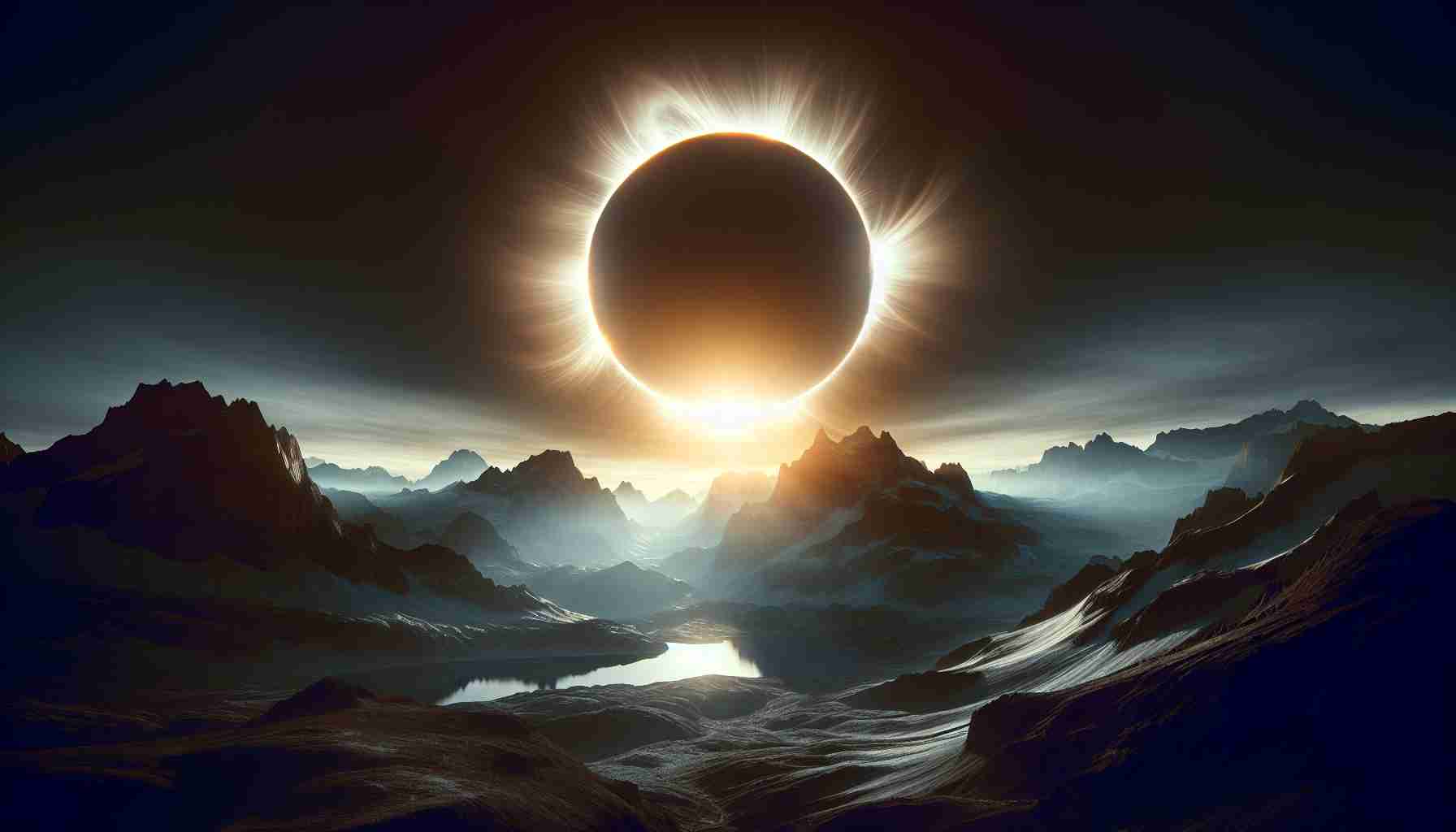
Excitement is building as a remarkable celestial event approaches, set to illuminate the skies on Wednesday with an annular solar eclipse, popularly known as the “ring of fire.” This phenomenon will primarily dazzle observers in South America, although there are opportunities for a limited audience in the United States to witness a partial view. Occurring when the moon is situated at its furthest point from Earth, this type of eclipse results in a spectacular ring of sunlight encircling the moon, a breathtaking sight that can’t be missed.
On October 2, the annular eclipse will unfold in various stages. The sequence begins with a partial eclipse around 15:42 UTC, transitioning into the annular phase at 16:50 UTC, where the distinctive ring effect is first observed. The peak moment occurs at 18:45 UTC, offering the most stunning visuals of this astronomical event before it concludes with the end of partial visibility by 21:47 UTC.
Locations poised to experience this spectacular event include parts of South America, Pacific, and Atlantic Oceans, and Antarctica. Only about 175,000 individuals will be within the narrow path of annularity, while the larger area with potential for partial sightings encompasses around 245 million people.
For safety, viewers must utilize proper eye protection, such as eclipse glasses, to enjoy this stunning display without harm. As excitement grows, many are eager to witness this unique alignment of celestial bodies, marking another unforgettable moment in our skies.
The Upcoming “Ring of Fire” Solar Eclipse: What You Need to Know
As the date of the annular solar eclipse approaches, anticipation among skywatchers intensifies. This astronomical wonder, set to occur on October 14, 2023, promises a stunning display where a bright ring of sun appears encircling the moon. Unlike total solar eclipses, which cast darkness over a wide area, this “ring of fire” will thrill observers along a specific path while millions will enjoy a partial view.
Key Facts and Observations
While the previous article highlighted critical timings and locations for viewing the annular phase, there are other compelling aspects to consider. For instance, this eclipse will be the first of two solar eclipses in 2023, the second being a total solar eclipse on April 8, 2024. Additionally, this event occurs just days before the peak of the Orionid meteor shower, an exciting celestial bonus for astronomers and stargazers alike.
Moreover, weather conditions will play a vital role in visibility. Regions in South America are entering spring, making it crucial to monitor local forecasts leading up to the event. High altitudes in the Andes may also provide clearer views, giving certain locations in countries like Chile and Argentina a unique advantage.
Key Questions and Answers
1. What is an annular solar eclipse?
An annular solar eclipse occurs when the moon passes directly in front of the sun but is at a point in its orbit where it’s too far from Earth to completely cover the sun. This results in a “ring of fire” effect.
2. What areas will have the best viewing experience?
The path of annularity will cross parts of western United States, Central America, Colombia, and Brazil, with major cities like San Antonio and Austin in Texas expecting excellent views.
3. How can viewers safely watch the eclipse?
Proper solar viewing glasses specifically designed for eclipse viewing are essential to protect the eyes. Regular sunglasses are not sufficient.
Challenges and Controversies
One significant challenge pertaining to eclipses is the accessibility of viewing locations. While many people are excited, travel congestion and inadequate infrastructure in remote viewing areas can pose issues. Additionally, environmental concerns related to large crowds flocking to specific sites can impact local ecosystems.
Another point of discussion is the growing presence of misinformation regarding eclipse viewing safety, as some social media platforms may promote unsafe methods. Education campaigns by astronomy organizations are vital to counter these misleading narratives.
Advantages and Disadvantages of Eclipses
The advantages of witnessing such astronomical events are numerous. They inspire awe, promote interest in science and space, and provide a unique opportunity for education and community engagement. Schools often organize viewing parties and lessons around eclipses, which can enhance students’ learning experiences.
However, there are disadvantages, including the potential for safety concerns stemming from inadequate education on protective measures for viewing. Furthermore, the influx of tourists can strain local resources and impact areas that may not be equipped to handle large crowds.
Conclusion
As we inch closer to the “ring of fire” solar eclipse, excitement is infectious. By understanding the phenomena surrounding it, preparing adequately, and promoting safe viewing practices, we can enhance our experience of this celestial wonder. As always, stay updated via reliable astronomy sites for the latest viewing information and tips.
For more information on solar eclipses and how to safely view them, visit NASA or check out the Time and Date for comprehensive guides on celestial events.



